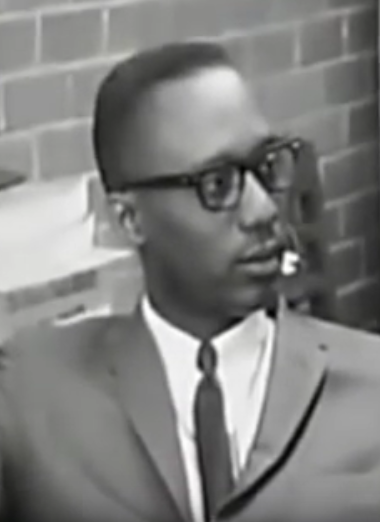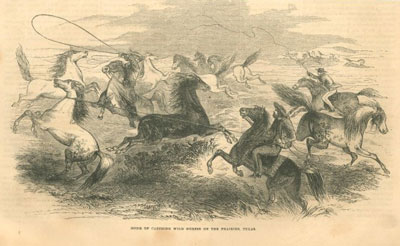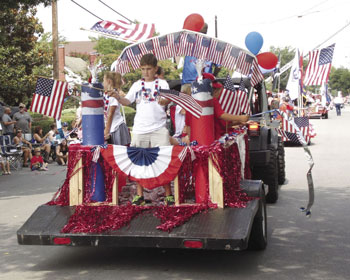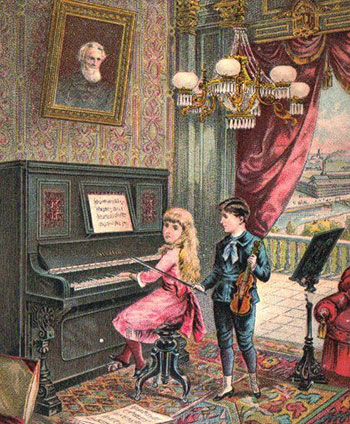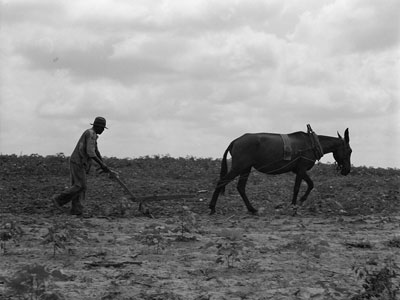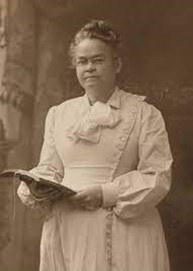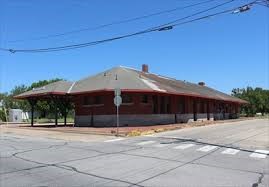
The Katy Depot on the west end of town on Lee Street. Ironically, Alexander “Sandy” Cameron owned this part of Greenville and used it for a small farm. The City of Greenville purchased it after the Civil War. Cameron and other Founding Fathers paid the Katy Railroad for the spot. Today the Katy Deport is still at the corner of Lee and Wright Streets.
Sandy (as he was called) Cameron was born in Scotland on June 17, 1833, the same year of the Falling Stars over Alabama. He first went to Travis County in 1851 when he came to America, but within six months he moved to Hunt County where he stayed until his death in 1899. In those forty-eight years he accomplished a massive amount of good works.
In 1858 Cameron was elected County Surveyor. Two years later he was elected County Clerk, the beginning of several offices in the County Court House. In February 1862, Sandy married Miss Parmela A. Spradling before enlisting in the Confederate Army where he was made First Lieutenant in Company H, 31st Texas Dismounted Cavalry. Just before General Lee’s surrender, Cameron was made captain of his unit. Returning home when the war was over, he taught school for some months.
In 1866 Cameron was elected County Clerk, but due to regulations of the Union Government, he was deposed in 1867. He became a bookkeeper until 1870 when he began successful mercantile businesses.
By 1878 Cameron was back in office as County Clerk for three re-elections. In 1883 Asa Hold and Alexander Cameron went into the banking business at the southeast corner of the square. He became the president of the Greenville National Bank where he held the position for the rest of his life.
Alexander Cameron was a member of the Methodist Episcopal Church, South, a lifelong member of all the Masonic bodies and of the Fred Ende Lodge 67, I.O.O.F., all of which various bodies he enriched, beautified, and adorned. From 1850 to 1900 he entered the fiber of every industrial, economic, financial, fraternal, social, and religious life of Greenville and Hunt County.
Cameron gave generously of his time, money, and was one of the first to respond to every call of every worthy enterprise and was one of the largest contributors to securing the first railroad for Greenville, giving $5,000 to the MK&T in 1880. He and two others contributed the building site and a generous bonus to the building of the Beckham Hotel on West Lee Street in 1885.
This article was the beginning of a collection of biographical sketches created in the early 20th century. It was printed on page 401 of the Veterans Record of Joseph E. Johnson, Camp 267, U.C.V.


